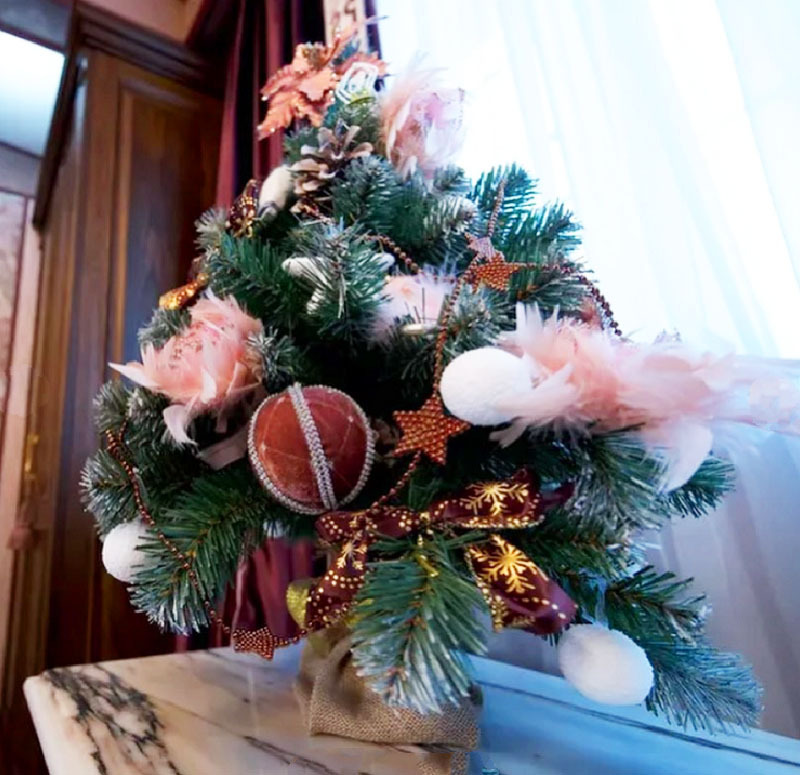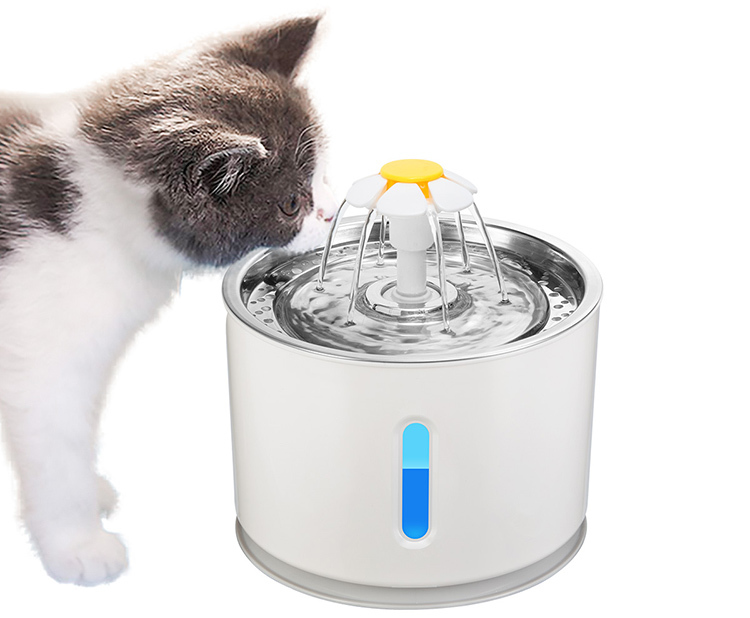Contents:
- About the plant
- Location, temperature conditions
- Watering
- Feeding
- Selecting soil
- Transplanting and replication
- Diseases and prevention
When you plant an unusual plant, you want to be sure that you can provide proper care. It is quite possible to take care of the cleansing at home, in spite of its exotic origin. This guest from the south-eastern part of Africa, although it requires special attention, but always will thank the beautiful appearance and flowering. For more information on how to take care of it, read this article.

About the plant
The natural habitat is Africa, to be more precise, its southeastern part. In the wild, the cleavage grows in the rainforest. This is an evergreen plant with a false stem that forms dark green ribbon-like leaves. The second name of the clivia is the Kafrian lily. The flower belongs to a small family of evergreen herbaceous perennials of the Amaryllis family.
In a natural environment, the cleavage grows to flowering glades. This is due to the peculiarities of the root system. The height of the shrub can reach 70 cm, the leaves grow up to a width of 8 cm. The clivia has unusually bright flowers in the form of a bell. They attracted the attention of breeders.
As a house plant the cleavage has been cultivated since the 19th century, since it was introduced to Europe. This flower is popular because it is beautiful both in the flowering period and during its absence. Klivia has decorative qualities, regardless of the season. Features of flower care( for example, maintenance of moisture) are explained by its origin. Here, in what climate he prefers to live:
- high humidity,
- fat fertile soil,
- heat,
- good drainage,
- tropical showers( warm) and periodic droughts,
- humus in the soil,
- diffused sunlight.
Cleavia blooms twice a year for three weeks. On the peduncle an umbellate inflorescence is formed. The number of bells on it can reach 30 pieces. Their size is from 15 to 20 cm.

Three varieties of clivia are distinguished in house floriculture:
- of Gardena: it blooms with red bells, has long and leathery dark green leaves.
- Cleavia miniat( cinnabar): blooms in red-orange flowers, the petals are distinguished by a yellow base. The length of the leaf-shaped leaf can reach 70 cm.
- Cleavia nobilis( beautiful): a small greenish petals are typical, the length of the leaves is much shorter than that of cinnabar - up to 40 cm.
All parts of the plant are used in the pharmacological industry. However, the plant can be unsafe for you and your family.
Important
Leaves and roots of the cleavage contain toxic substance lycorin. It causes increased salivation, vomiting and, in large doses, paralysis. Handle the plant with care, especially during transplant.
Location, temperature conditions
First we select a place for the cleavage. She will be comfortable on the windowsill or in a place where sunlight penetrates in sufficient quantity. Let it be the east or west side of the house. If you have to plant the plant on the south side, then create there shady conditions. From direct sunlight, the leaves may suffer. On the north side of the Cleavia it will be comfortable in the rest period, but it may lag behind in growth and flowering.
Cleavia is a thermophilic plant. The temperature conditions for it are needed different, depending on the period. During the vegetation, it is optimal to maintain a temperature of + 20-25 degrees. In summer it is recommended to take out the vase to fresh air, while not forgetting the harm of direct sunlight.

In the rest period the flower feels comfortable at a temperature of + 10-15 degrees. It lasts about 3 months. The older the cleavage, the more time it takes for the kidneys to be laid for the next season. In the winter the clivia needs a cool place. A window sill on the north side of the house, the corner of the room, will fit nicely. You can place the pot under the bed.
Cleavia does not like to be disturbed. Try as little as possible to touch and move the pot. Especially the flower suffers from such actions at the flowering stage. If, at this point, to start transplanting or rearrange the cleavage to another location, she will begin to discard the leaves.
advice If this measure is necessary, then smooth out the change of space will help such advice: put the plant to light at the same angle as it was in the old place.
Watering
Moisture of the soil for the clevis is more important than humidity. However, in winter, when the air is too dry, the plant quickly fades. This is facilitated by a lack of light. The procedure for spraying with warm water is needed both to maintain the humidity of the air, and for plant hygiene. Sometimes, instead of spraying, the leaves can be wiped with a damp cloth.
As for water, here the flower is demanding both to its quality and quantity. Water should not be rigid. It is better to defend it in advance for 1-2 days. Watering should be moderate, small portions. The new watering is carried out when the top layer of the soil dries.

Depending on the season, watering also changes. As soon as the plant starts up the flower spike, the amount of liquid and the frequency of watering increases. At rest, the plant needs less water. One or two waterings per month are sufficient for Clevia, or no watering is needed at all.
Council
To understand if you do not pour a lot of water into the pot, pay attention to the trunk and leaves. If they are brown, it means that the amount of liquid must be reduced.
Upon transfusion, the roots of the cleavage decay, and the plant dies. In the flowerpot, there must necessarily be drainage holes. Do not forget to check the pan of the flowerpot and, if necessary, drain excess water from it.
Feeding
Cleavia needs to be fed from the first year of life. The best time to apply fertilizers is spring and summer. The frequency of fertilizer application is 1-2 times a month. Cleavia responds well to both organic and mineral fertilizers. Their ratio with water is 2 g per 1 liter. The magazine "Miss Purity" recommends alternating types of feeding.

Which fertilizer to choose for the cleavage? Suitable products for bulbous and flowering plants. You can make a little less fertilizer than recommended on the package. Complex fertilizers are bred in water for irrigation. Remember that during the rest period the Cleavage does not need any additional fertilizing. They only take away the vital forces of the plant, and it can perish.
We select the soil
For the flower such soil is prepared:
- turf ground - 2 parts,
- sheet - 2 parts,
- sand - 1 part.
Another option:
- turf ground - 2 parts,
- sheet humus - 1 part,
- peat - 1 part,
- sand - 1 part.
In the wild, the Cleavia root system is located in the upper fertile soil layers. We need to create the same conditions in the apartment. You can take the soil, intended for growing orchids. In it, the rhizomes are quickly strengthened, and the plant will bloom more quickly.
Transplant and Reproduction
The plant tolerates transplant well. It is carried out, on average, once every two years. Young flowers can be transplanted annually, and old Cleavia can not be transplanted at all. A sign that it's time to move the clivus into a more spacious pot is the roots that appeared on the surface.
Transplantation is done strictly after flowering.
In order not to damage the flower, it is necessary to remove it from the old pot extremely accurately. In a new pot plant a flower, without removing from it a clod of earth. Prepare fresh soil in advance.
It is possible to carry out the procedure of vegetative propagation. Separate the young process from the main bush. It must have at least 4 leaves. Prepare the ground and a small pot. Clevia does not need a lot of space, it's good when the roots are cramped. The young cleavage will bloom for the third year. The first two years the plant can not give rest, constantly observing the conditions of heat, humidity and lighting, as in the flowering period.

The flower reproduces and seeds. They mature in plants older than 8 years, subject to artificial pollination. In each fruit, there are from 1 to 6 seeds. The fruit of the Cleavia is a berry. In the process of maturing, it turns from shiny green to red and soft.
Seeds from the ripe fruit can not be dried. So they lose their germination. If you need to wait until planting a couple of months, then the seeds are cut with the pedicel. So they will not wither.
Seed germination occurs in two ways:
- The seed is wrapped in a damp rag. When the sprouts seem, they plant him in the prepared soil. The complexity of the method is in the constant control of the moisture of the tissue.
- Seeds can be immediately immersed in the ground. The pot is covered with a film after planting. It is necessary to withstand the temperature not lower than +20 degrees. The first shoots should appear after 1.5 months.
Diseases and prevention
Take for the rule as often as possible to check the condition of the plant: its roots, leaves and flowers. If the cleat dries, turns yellow or falls off, look for the cause in bad watering, lighting, placement.

Possible diseases:
- Root rot. It arises from an overabundance of moisture. Prevention of decay - good drainage.
- A short flower spike is a sign of poor lighting or moisture deficiency.
- White and red spots are sunburn. Your clivia is uncomfortable to stand where you placed it. Move the pot or shade the room.
- If the leaves are pale, then the plant lacks nitrogen. The problem is solved by a nitrogen fertilizer.
- The arrow does not appear? Perhaps the clivia did not wake up. It can be awakened with the help of hot water( 40-50 degrees).
- Cleavia does not bloom - a sign of a deficit of light. This can also happen because of the increase in air temperature. Or maybe the flower was not allowed to rest.
If you observe all the conditions of existence necessary for it, then start looking for parasites. Cleavers like to spoil the scabbards and mealybugs. When a pest is found, the plant is immediately treated with a chemical. You can take anyone to fight these creatures.
With this list of requirements, the cleavage is still considered an unpretentious plant. It can get used even in the office. With all the rules of care, the flower will not just take place, but it's nice to please you more than one season.
We recommend reading the article: Care for bamboo at home



